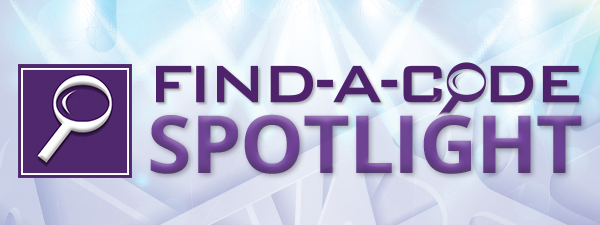 ICD-10 Understanding Format and StructureBy By: Chris Woolstenhulme, CMRS
October 09, 2015 By: Chris Woolstenhulme, CMRSPublished: September 17th, 2015The first three characters of an ICD-10 code designate the category of the diagnosis. The next three characters (characters three through six) correspond to the related etiology (i.e., the cause, set of causes, or manner of causation of a disease or condition), anatomic site, severity, or other vital clinical details. The seventh character is one of the most significant changes from ICD-9. The seventh character is used to capture details such as episode of care; extensions for injuries, fractures have their own seventh character system. Extensions for injuries include: A - Initial encounter D - Subsequent encounter S – Sequela ICD-10-CM Guidelines - Format and Structure: The ICD-10-CM Tabular List contains categories, subcategories and codes. Characters for categories, subcategories and codes may be either a letter or a number. All categories are 3 characters. A three-character category that has no further subdivision is equivalent to a code. Subcategories are either 4 or 5 characters. Codes may be 3, 4, 5, 6 or 7 characters. That is, each level of subdivision after a category is a subcategory. The final level of subdivision is a code. Codes that have applicable 7th characters are still referred to as codes, not subcategories. A code that has an applicable 7th character is considered invalid without the 7th character. The ICD-10-CM uses an indented format for ease in reference References: share
More Items in October 2015
To view more items select a month from our "Items by Month" list. |
2021 - View 2020 - View 2019 - View 2018 - View 2017 - View 2016 - View 2015 - View 2014 - View 2013 - View 2012 - View 2011 - View 2010 - View 2009 - View 2008 - View |
Thank you for choosing Find-A-Code, please Sign In to remove ads.

 Quick, Current, Complete - www.findacode.com
Quick, Current, Complete - www.findacode.com